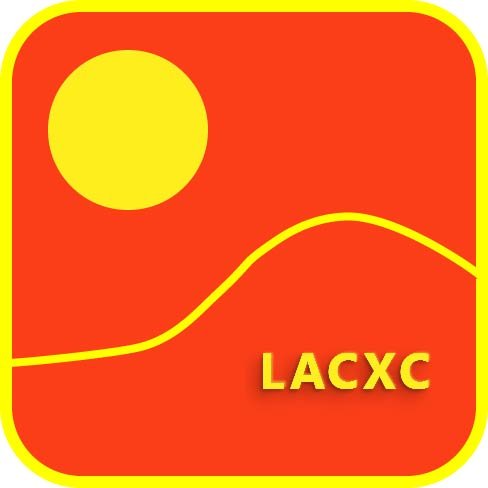The Woodbridge Dataset
The Woodbridge Invitational provides the rare opportunity in high school cross-country to analyze comparative performance across multiple years.
Specifically, Woodbridge provides the following advantages for this type of analysis:
A very large sample set (53,799 runners in 5 years, 2019-2021)
A relatively unchanged course over the last 5 years (see caveats below)
Temperate weather due to most races being in the in the evening so hot weather is less of a factor.
A very flat course on a consistent and fast surface.
The meet is held early in the season so training impacts (e.g. - injuries, training cycles, etc.) are mitigated
The meet is attended by a broad spectrum of performance levels.
Some caveats:
There were some major course changes, particularly from 2016 to 2017 where outside of location (SilverLakes Sport Complex) the course itself was dramatically different (see 2016 course below).
2016 Woodbridge Invite Course
2019 Woodbridge Invite Course
And in 2018 there were some slight modifications to the 2017 course as evidenced by the 1-mile and 2-mile markers. In 2017 the 1-mile marker was approximately 80 meters after the ‘18 1-mile marker, down the long straightaway that runs in front of the fixed building and athlete pavilion. And in ‘17 2-mile mark was in front of the ‘18 2-mile marker by approximately 118 meters.
We also identified a statistically significant variance in performances in 2017 vs 2016, 2018 and 2019; average 2017 performances were faster in 2017 by 2.2% for boys and 2.8% compared to these other years.
That said, the meet organizers advertise that every year the course has been 3.00 miles.
But for these reasons, we looked at the 2019 averages and the average of performances from 2016-2019 to compare against 2021 averages.
The CITY dataset is very small and therefore CITY averages can be unduly influenced by outlier performances. For example, a high-performing team like the Granada Hills girls or a lower-performing Division 5 team deciding to run their whole team for the 1st time might significantly impact averages for that year. Fortunately we did not identify any specific cases.
In 2021 it’s probable that the significant reduction in athlete participation resulted in a bias towards the more committed, and therefore higher performing, athletes participating at Woodbridge. This bias, if any, is factored into the 2021 averages. But the impact may be larger for the CITY averages because of the smaller CITY sample set (see bullet above).


